Preparing Native Plantings During the Dormant Season

The dormant season, spanning from late fall through early spring, is a rest period for most plants in the northeastern United States. While growth slows or ceases, this time presents key opportunities for landscape architects, conservationists, and native plant enthusiasts to prepare for the next growing season. Contrary to the perception that winter is a […]
Best Trimming Practices for Overwintering Pollinators
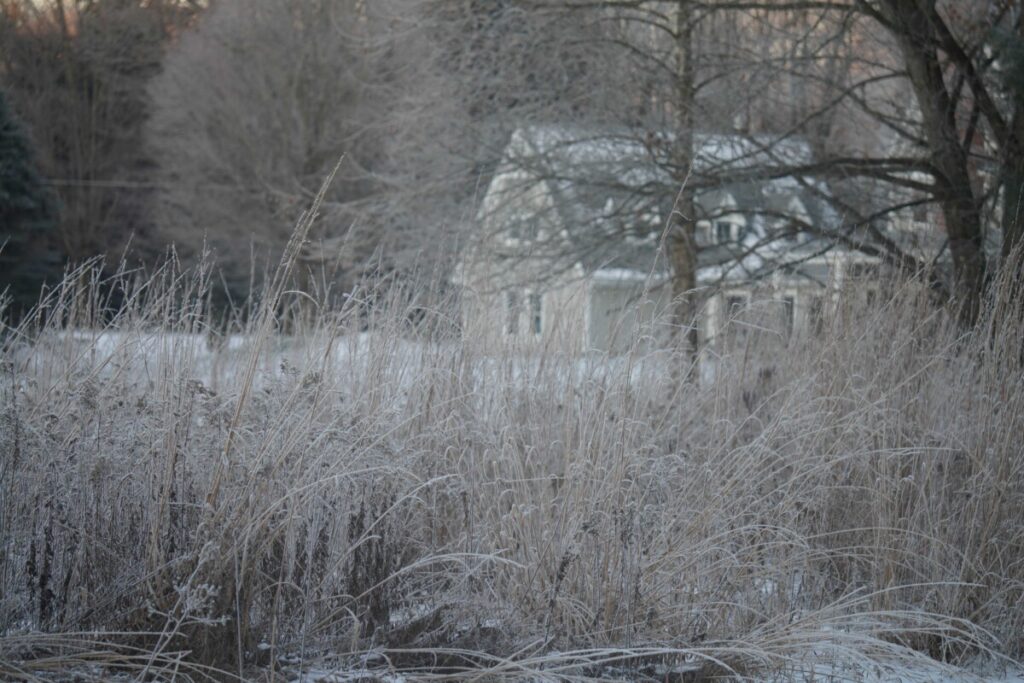
While you’re hopefully bundled up in a warm place reading this blog, the pollinators that support our local ecosystems don’t have this luxury. They rely on overwintering strategies for shelter and insulation during the cold months. Overwintering is a general term that describes how various species survive the cold. IIt’s not a universal strategy, but […]
The Impact of Secondary Metabolites in Nectar and Pollen on Bee Behavior
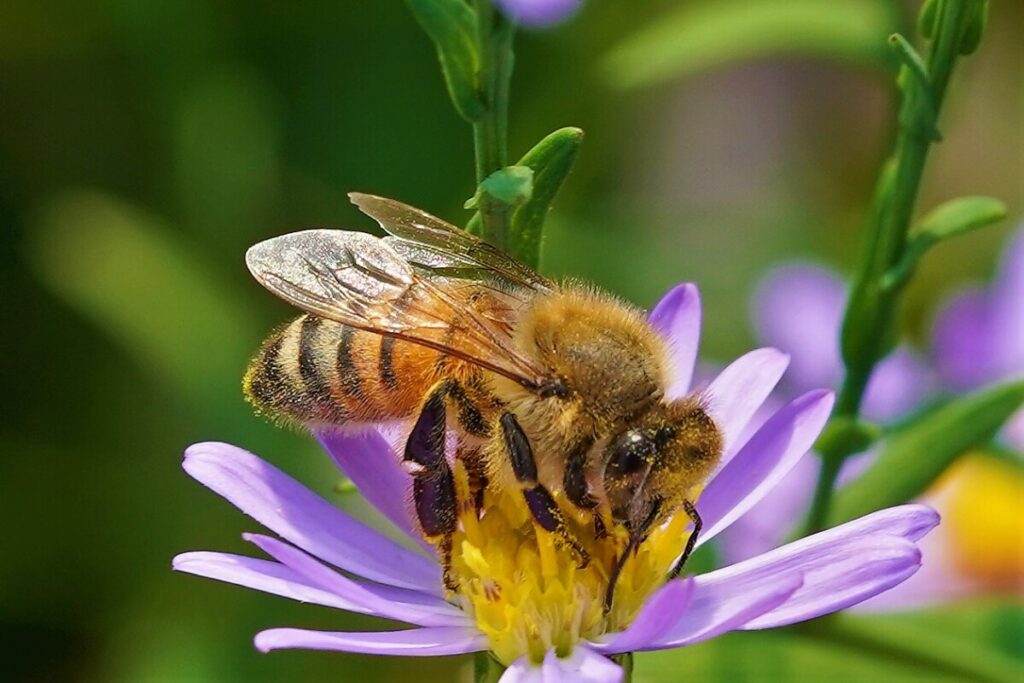
Nectar is often seen as a simple sugary reward that plants offer to pollinators, fueling the flight of insects and birds that visit flowers. However, recent research reveals that it is much more than just a food source. There are secondary metabolites in nectar and pollen known as nectar secondary compounds (NSCs). NSCs are complex […]
Understanding the Dietary Needs of Pollinators: Insights from University Research

Pollinators are organisms that transfer pollen from the male structures of flowers (anthers) to the female structures (stigmas), facilitating plant reproduction. This makes them vital to the health of our ecosystems. Common pollinators like bees and butterflies have seen their numbers threatened in recent years. Various factors cause this, but any gardeners or landscape architects […]
Making Use of Pollinator Seed Mixes for the East Coast
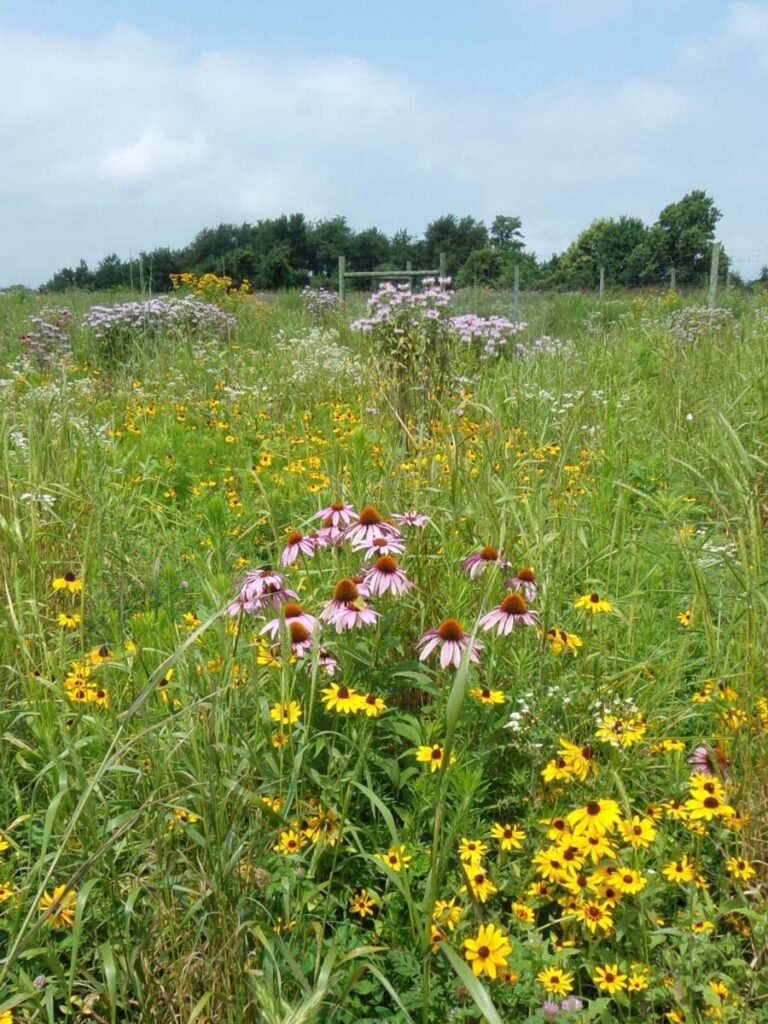
Since before there were any humans around taking note of it, pollinators have played an invaluable role in maintaining the natural environment. They’ve evolved alongside the native plant species they feed on and help pollinate, which means the two are so intertwined they cannot live without each other. This codependency means that anyone interested in […]
Everything You Need to Know When Planting Butterfly Milkweed Seed
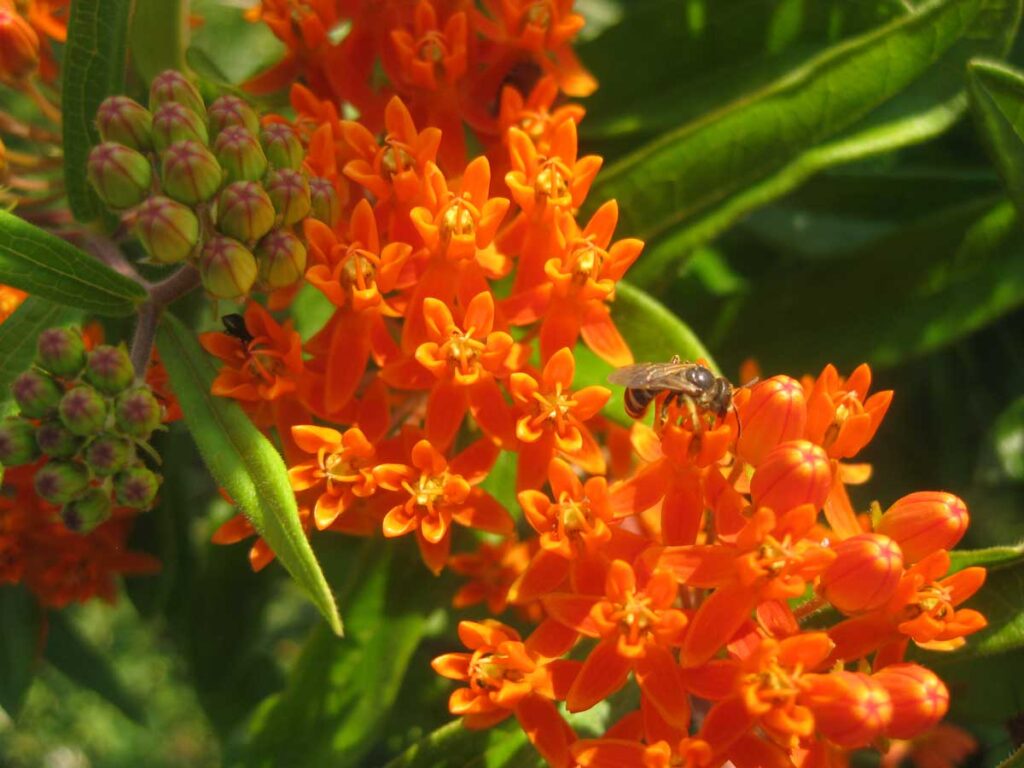
From overcoming dormancy with stratification to ideal soil and planting practices, our guide will teach you everything you need to cultivate butterfly milkweed successfully.
Transforming Turfgrass: Turning Several Acres of Over-Mowed Grass Into Pollinator-Friendly Wildflower Meadows
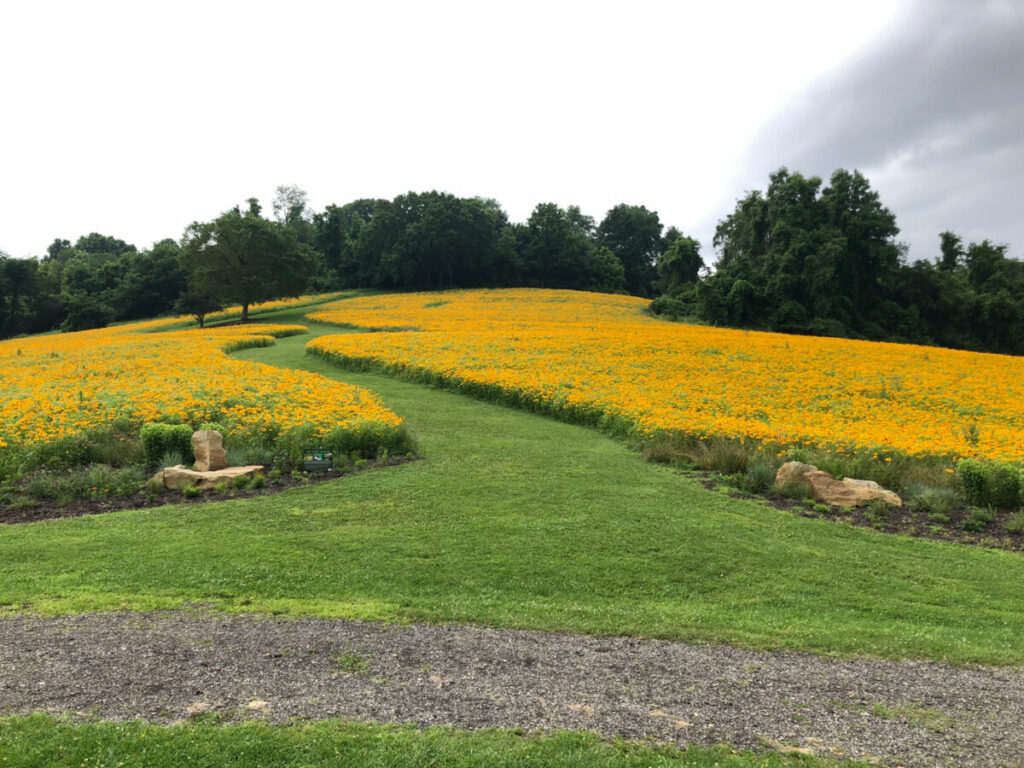
Across the United States, millions of acres are locked in a cycle of over-mowing. Turfgrass may look neat, but it offers little to pollinators, birds, or the soil beneath our feet. Fortunately, a growing number of parks and land managers are proving there’s a better way: converting turf into thriving wildflower meadows. In this blog, […]
Establishing a Pollinator Meadow to Commit to Sustainability Missions
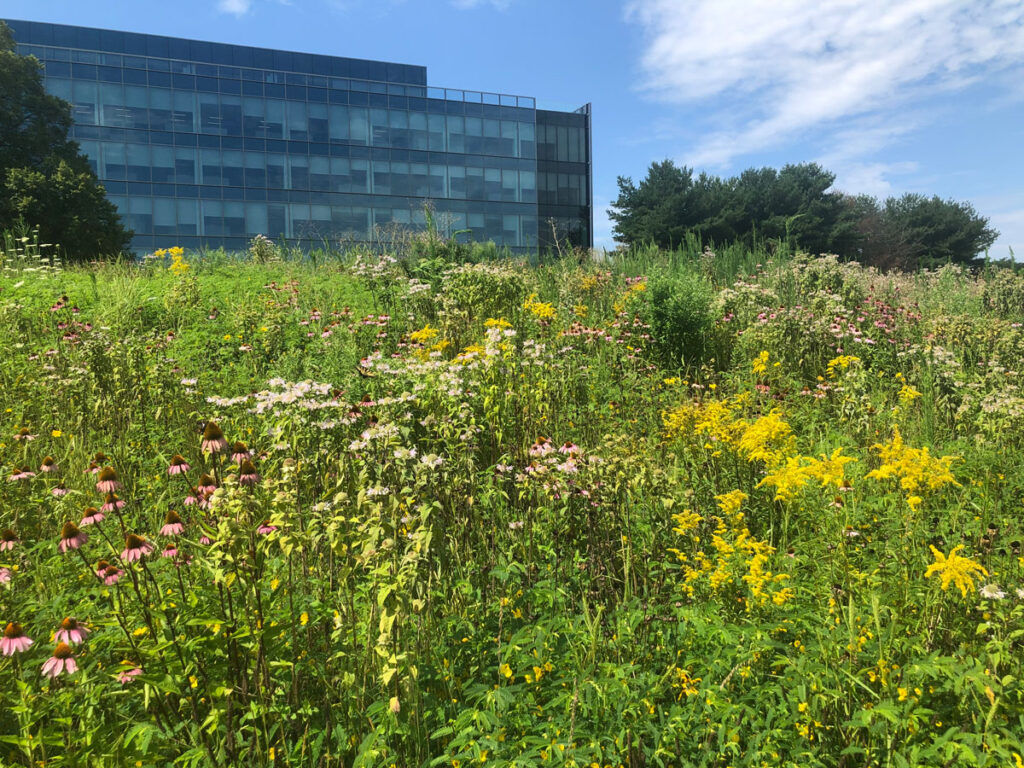
Envisioning the Possibilities for Pollinators In 2015, when the McCormick Corporation announced that they would break ground on their new headquarters in Hunt Valley, Maryland, they saw 350,000 square feet of possibilities. They planned on offering amenities like a full-service café and a fitness center, which spoke to their company’s desire to create an inviting […]
Developing a Meadow with Pollinators in Mind
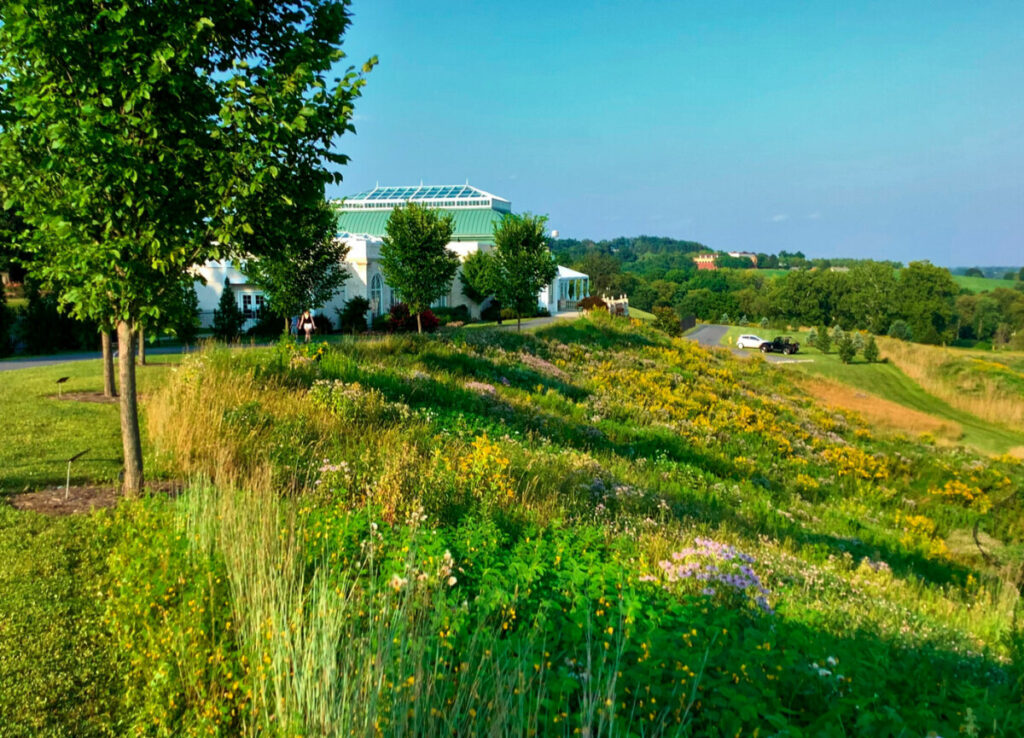
Creating habitat for pollinators is one of the most effective and efficient ways we can naturalize our landscapes. By establishing healthy, diverse wildflower meadows with the intent to accommodate native pollinators, landscape architects can combine sustainability with design. In 2016, Bill Kieffer, a landscape architect at Hershey Gardens, partnered with Ernst Seeds to build a […]
‘Blind’ Queen Honeybee Study Q&A With Charlie Vorisek
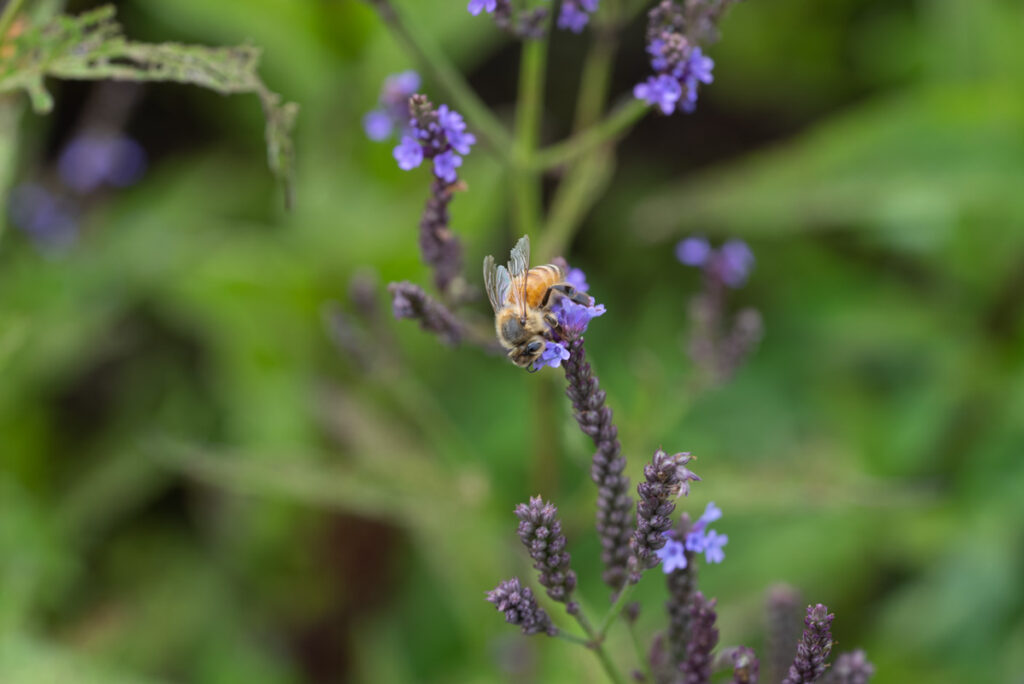
The PA Queen Project and the HHBBC, with support from Penn State University and Purdue University, collaborated on a study comparing colonies with varroa mite-resistant queens versus non-varroa mite-resistant queens from 2018 to 2019. The study enlisted 100 hobbyist beekeepers in the comparison study with the objective of helping change their behavior to promote varroa […]
